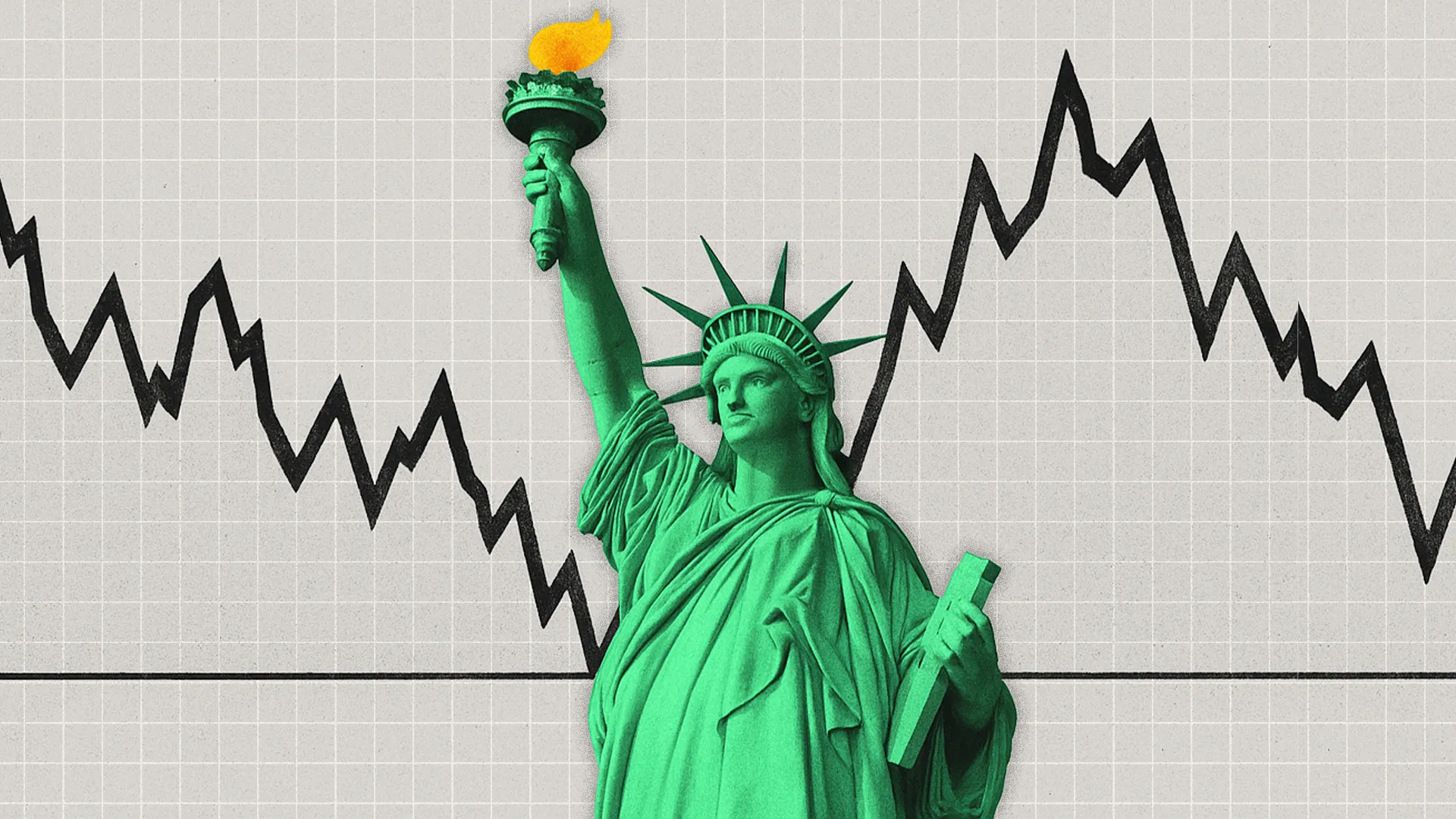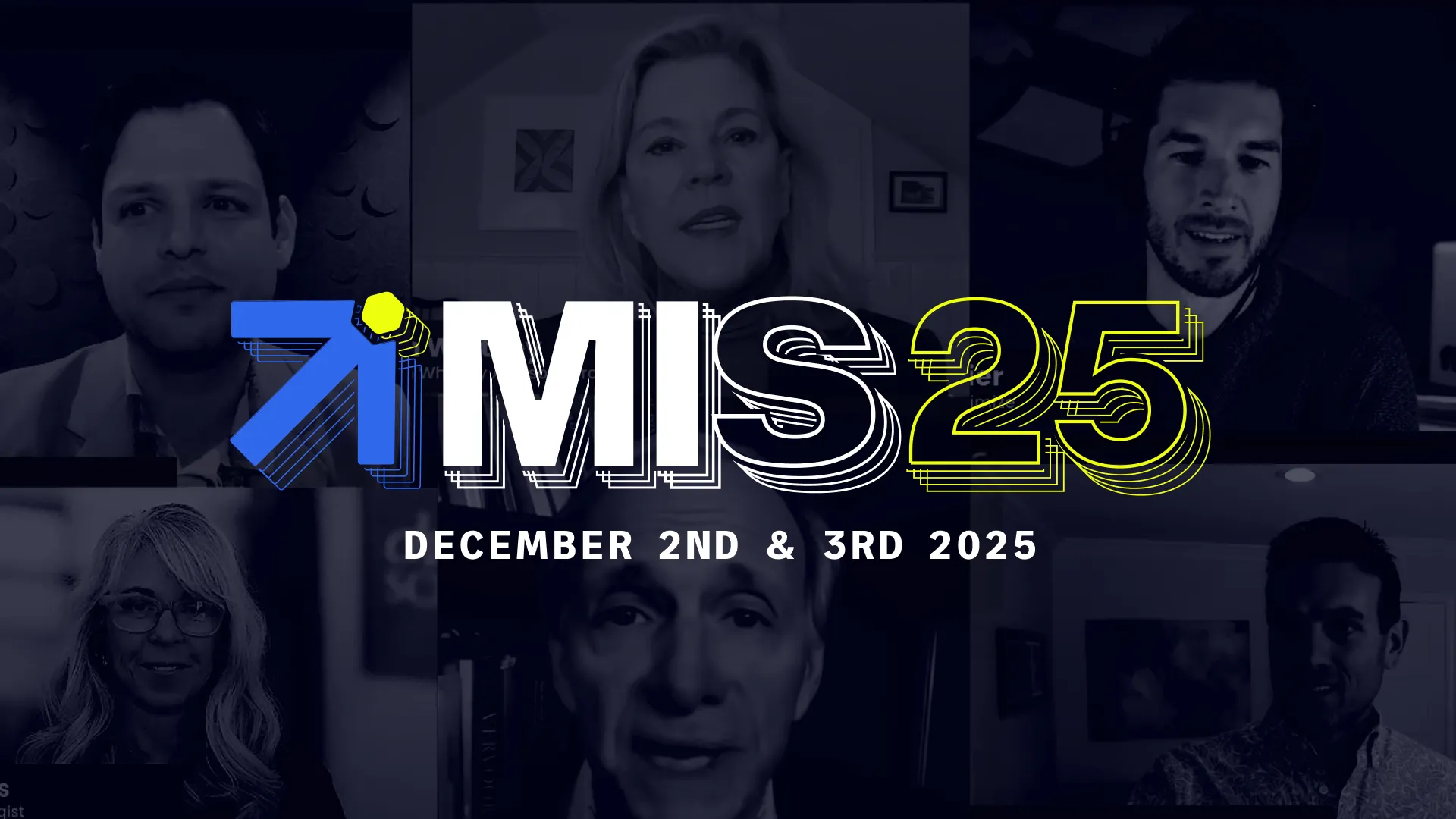The investment space today is packed with newcomers. 15% of US stock market investors claim to have only started investing in 2020, while the median age of an investor has dropped from 48 to 35 since before the pandemic to now. This is great news.
What’s less great is that the investment content space is also very crowded. In fact, it’s been getting increasingly crowded pretty much since we first logged onto the internet. For new investors (and, frankly, experienced ones too), this makes learning about investment very confusing. This is a problem.
How those newcomers invest is going to be largely defined by the investment content they consume. Modern investors want access to thoughtful, dispassionate analysis, and data through whichever channels they engage with. But finding that in traditional or “new” financial media is hard.
For outlets that can offer content that cuts through and that investors actually want to engage with, there’s a huge opportunity to tap into a growing market.
Here’s how we got here
It’s not exactly a novel take to say that technology has changed retail investing. All the way back in 1992, anyone with access to a computer (admittedly a pretty small group) could trade derivatives online at Globex or E*Trade. Even Robinhood just celebrated its 10th birthday. As soon as computers arrived into homes, we were using them to invest. And as soon as those computers became hand-held, we were investing on the go.
The same goes for investment content. Once online, we were using it to guide our investments. To quote a 1997 Bloomberg article titled Getting The Net To Help Build Your Portfolio: “News is the fuel that drives the markets, and it's in plentiful supply on the Web.” But even back then, investors were finding investment language offputting, with a 1999 BBC article titled Financial Jargon is Sending Investors to Sleep quoting a report that found “more than six out of 10 Britons are baffled by the complex terminology commonly used by the financial services industry.”
But once we hit the 21st century, that pace of change went from a walk to a run. As access to investment information grew, so did appetite for investing. By the 2010s, neo-brokers emerged, opening up investing to the masses even more. Meanwhile, the number of sources offering online investment advice skyrocketed. Suddenly, the financial broadsheets weren’t just publishing online and print, but were also releasing daily podcasts and newsletters (we wonder where they got that idea from). Wildly popular Reddit pages, Twitter profiles, and YouTube channels emerged. Investing platforms started creating their own content too.
On one hand, it was easier than ever to start investing. On the other, educating yourself on investing was so overwhelming it could make you want to sell everything in your portfolio and move to the woods.
And that was before the pandemic caused retail investment to explode.
Between 2014 and 2019, the biggest daily net flow from retail investors was around $700 million. By the first quarter of 2020, it was $1.28 billion. But this wasn’t a lockdown fad. In February 2023, retail investors across trading platforms broke records by pumping $1.5 billion into the stock market a day for a month. In 2010, retail trading accounted for less than 10% of the total stock market trading volume in the US. Now it constitutes nearly 20%.
A brief history of investment information
Grow your business
with Finimize
Our Partners














Retail investors aren’t what they’re made out to be
Retail investors are often characterized as meme-stock fanatics who hang out exclusively on Reddit’s Wall Street Bets forum. But according to the Modern Investor Pulse, our quarterly analysis of retail investor sentiment, only 15% of retail investors even invested in meme stocks. By the third quarter of 2023, that was down to 5%. When retail investors smashed the record in February, it was driven by more conventional investments in Big Tech stocks and S&P 500 ETFs, with a small underlayer of more speculative buys.
This clearly isn’t a homogenous pack. This is an educated and diverse group with different strategies and ideas. They need and want media which educates and empowers them to make decisions they feel comfortable with.
With traditional financial media, the issue is often about access. Top-tier financial media such as the Financial Times (FT), Bloomberg, or The Wall Street Journal (WSJ) sit behind paywalls, but just 7% of people make an ongoing payment to a news outlet. And despite huge pushes to attract a new generation of readers, the average age of an FT reader is 48. For WSJ readers, it’s 59. As a reminder, the average age of a retail investor today is mid-30s (which, coincidentally, is also the average age of a Finimizer). Those publications also tend to be heavy on jargon, which is one of the main reasons folk don’t invest or don’t feel confident investing. In fact, one study of UK investors found that over 50% of people are confused by complicated financial language.
More than anything, fewer people read traditional news now. Globally, the number that initially access news through a website or app has dropped by 10% since 2018.
That leads us to “new” financial media (which isn’t that new), like Reddit, Twitter, podcasts, YouTube, TikTok, and newsletters. Most of this is accessible, bite-sized, and uses language and images that everyday non-experts actually use. But the issue for investors is how to recognise what’s actually trustworthy and valuable when there’s so much of it: 31% of retail investors turn to more than three sources for investment information.
What modern retail investors want sits in the middle of all that chaos. They want the best of those two worlds: expert, trustworthy, and informal analysis that doesn’t take hours to consume and understand.
It’s time to rewrite investor engagement
Bite-sized, expert and informal content isn’t just more interesting to read, it actually encourages investment. 74% of investors we spoke to say they would probably invest more if investment content was easier to find. At Finimize, we have a million-strong community that engages with our newsletters, podcasts, app, and socials. It’s content that’s shaping how today’s retail investors invest.
86% of that community invest, while almost 30% started investing thanks to Finimize.
Take the Finimize daily newsletter. Designed to be read in around three minutes, it explains what’s going on in the two biggest financial news stories of the day – and why readers should care in the first place. The topics are identified and researched by analysts who cut their teeth at Goldman Sachs, Fidelity, and Schroders (to name a few) before our editors craft them into a story that is actually enjoyable to read. So far, so good: it has over 850,000 subscribers.
Traditional media outlets have shifted their focus to mirroring the content that Finimize produces. Practically every newspaper now has a library of daily short-form newsletters, podcasts, and video stories. This is increasingly how leading neo-brokers approach content too. eToro, for example, has its own “academy” (a resource center of online courses), daily and weekly posts, and newsletters. There’s also an increasing focus on community-empowered investing. Since 2016, Finimize has been hosting investor meetups around the world and in 2020, we hosted the world’s largest personal finance meetup with over 3,000 attendees. By 2022, over 100,000 investors had attended a Finimize event. You’ll increasingly find a similar community feel on the neo-brokers’ platforms. eToro has its own social media feed, where users can follow each other and give investment ideas. Robinhood offers something similar.
It’s understandable that neo-brokers and digital brokerages would want to engage and educate their users to invest in a way that works for them. A UK study from Charles Stanley found that the main reasons people stop investing are concerns about market volatility and, unsurprisingly, because their investments aren’t performing as well as they wanted. The same study found that 26% admit they don’t understand the different levels of risk and how to minimize their chances of losing money. That suggests there’s a big education gap there and that if investors feel like their investments are doing well (or they understand better why they’re not), they’re more likely to carry on investing.
Finimize can help
Engaging retail investors means content has to be accessible and insightful. Sure, most investment outlets and companies can offer one of those things, but not many can do both. Even those with the financial know-how tend not to have the content marketing chops to get it off the ground.
That’s where Finimize can help. Over 40 million investors have access to Finimize content via our partners’ channels: solutions include an off-the-shelf content API, premium app licenses, and custom content. Across channels and formats, our content consistently achieves outcomes that are far above the industry average: our weekly active user count as a proportion of monthly active users sits around a social-media-like 50%, for example (e.g. half our monthly users are engaging with our content every week). And our news and analysis audio solutions see twice the completion rate of the average podcast.
The way the world creates and consumes content has rewritten investor engagement. Now you can get support from one of the companies that rewrote it.



